Do you really know how to pull flowers? Which quack school do you belong to in the art of drawing flowers?
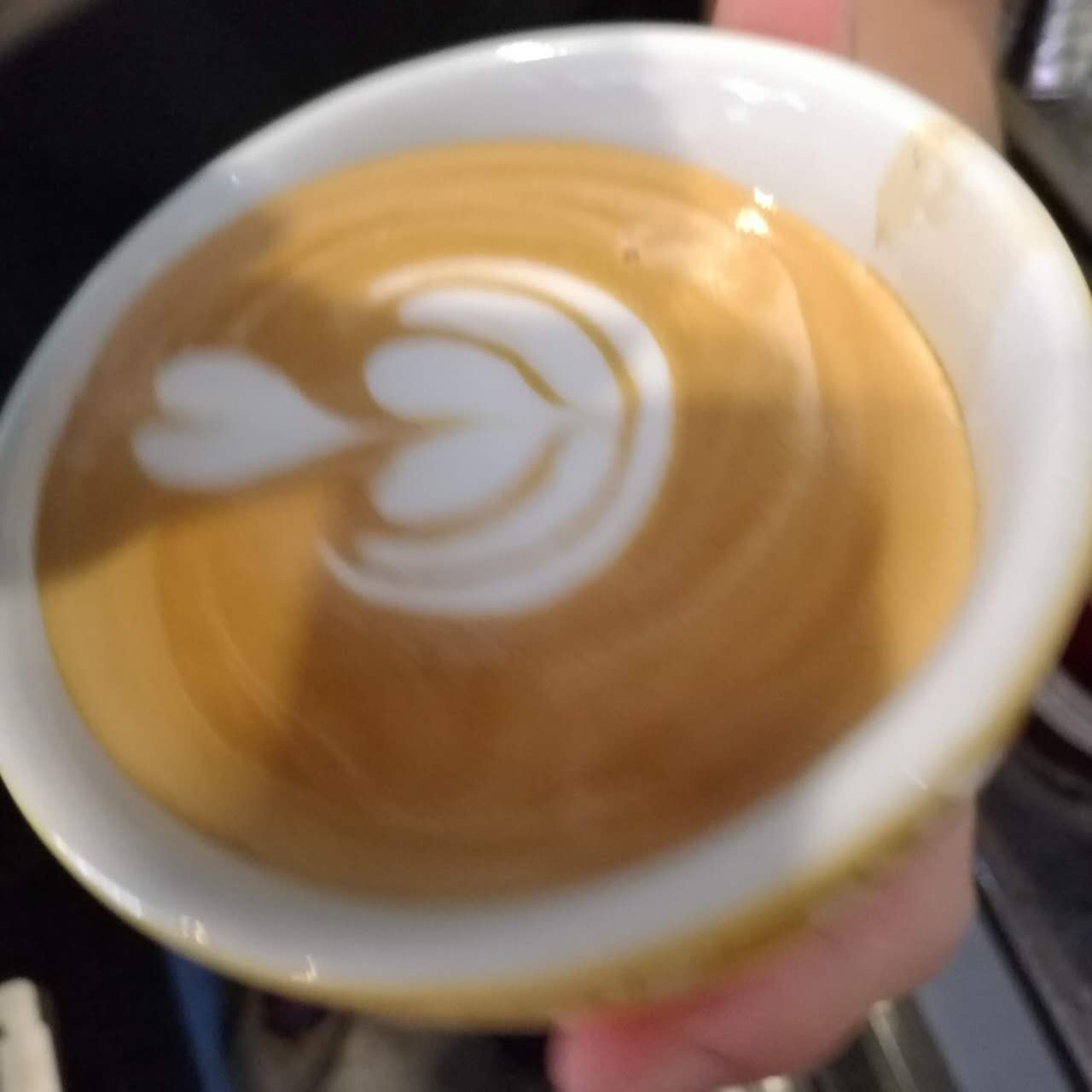
For professional baristas, please follow the coffee workshop (Wechat official account cafe_style)
When drinking lattes or cappuccinos, we are often attracted by the patterns in the cup and quietly feel the beauty and beauty, which is the charm of flower drawing art. When milk meets coffee, coupled with the barista's superb skills, lifelike patterns jump into the cup, bringing not only mellow taste to people, but also visual beauty.
Tracing back to the origin, where did the flowers come from?
There are different opinions in the industry about where the flowers come from. Some people say that the art of flower drawing, which originated in Europe and the United States, is a difficult professional technology to attract the eye when displaying coffee, while others say that in the 1980s, when an American named David Schomer was making a takeaway latte for his guests, he poured the milk into the concentrate, and accidentally formed a beautiful pattern, which became the embryonic form of the flower art.
Although there are different opinions, it does not affect the charm of flower-pulling art at all. as soon as it appears, it quickly sweeps the whole coffee industry with its exquisite and beautiful appearance. Baristas have also gradually developed a variety of different punching techniques, creating heart-shaped, leaf-shaped, tulip-shaped, rose-shaped and other delightful patterns in the cup. After several generations of coffee people continue to study and create, the art of flower drawing has blindly pursued the presentation of patterns from the very beginning, and has developed to the realm of integrated milk foam density, espresso quality, fusion skills, and patterns in one state of color, flavor and flavor. At the same time, the collision between coffee and art also opens another door to the coffee market: to attract customers to stimulate consumption with the art of flower drawing, so as to promote the popularization and development of coffee culture.
A brief Analysis of the School of flower-drawing Art
Due to the different cultures of different countries, there are different ways of expression in the coffee flower, which leads to different schools of art. In addition, the different evaluation standards of the flower art competition also directly lead to the diversity of the flower art.
At present, the two most influential flower art competitions in the coffee industry are:
1. The World Coffee Art Competition (World Latte Art Championship, hereinafter referred to as WLAC), sponsored by the World Coffee Organization (WordCoffee Events, hereinafter referred to as WCE)-began in 2006
2. LatteArt World Championship Open-- organized by Coffee Fest started in 1992.
Throughout the whole flower art world, Asian works are among the best in all major competitions, and there is a tendency to sweep the top three in recent years. The development of flower-pulling art in Asia has also become the main reference basis for editors. According to the opinions of all parties, we classify it into three factions:
1 traditional academic school
This genre features only milk and coffee, pouring the foam directly into espresso (a technique known as Free Pour), using different dumping techniques and techniques to shape the pattern in the cup, emphasizing the aesthetic symmetry of the pattern and the sharpness of color contrast. This faction has high technical requirements for milk foam, and the lighter and denser the milk is, the easier it is to make patterns. (dot dot? That milk is more suitable for lattes! )
Advantages: soft taste, high food use, clear pattern lines, architectural beauty
Disadvantages: because there are no other auxiliary tools in the creative process, the presentation form of the pattern is relatively simple, mainly heart-shaped, leaves and flowers.
In the main combination, the color is only the two primary colors of coffee and milk, and the creative space is limited.
Japanese book
Key words: embossing
Draw extremely fine lines on the coffee with thick milk and stack layers to form a pattern.
Representative figures:
Japanese barista Hiroshi Sawada, the 2008 Coffee Fest champion, has deep attainments in embossing.
Junichi Yamaguchi spread the embossing technology through Facebook, quickly won a large number of fans, but also let this pull flower genre into its own vein, deeply recognized both inside and outside the industry.
The new Coffee Fest Tokyo champion Xie Weisheng is also one of the best.
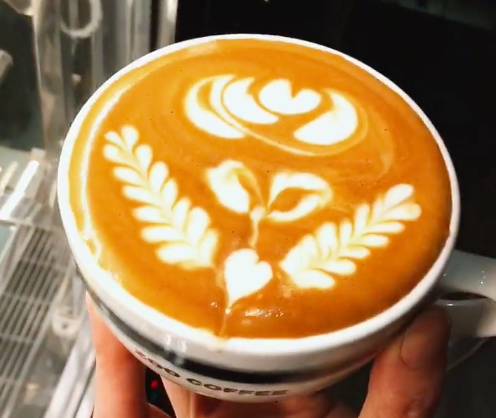
South Korea
Key words: pattern combination
Through the combination of different basic patterns to achieve visual beauty, in the early years to pull out more patterns in a cup of coffee is a very powerful thing.
YoungminLee, the father of Korean baristas, promotes the development of flower drawing art in South Korea.
2 figurative expressionist school
The style of this faction is to restore various figurative objects to the flower drawing art, or pour the milk into the espresso to present the basic figure, followed by carved needles and other tools and food pigments to outline the lines. This faction is common in WLAC events. In recent years, it has also created a new world with changeable animal and plant patterns.
Advantages: a wide variety of patterns, high value of art appreciation
Disadvantages: if the pattern is complex, the longer production process may affect the taste, in addition, due to the use of food pigments and tools, reduce the use of food.
Representative figures:
Hisako Yoshikawa from Japan opened up another field of flower-drawing art in the 2013 World flower-drawing art competition with its stunning rose patterns.
Lim Dong-Won, who has won many coffee competitions in Taiwan, created the swan pattern and will promote the development of early coffee flower drawing technology in China.
In the 2016WLAC China competition, Li Qi and Li Tao from Mellon Coffee won the first and second place with their solid technical skills and creative graphic design. One of the most impressive is that Li Qi created new ideas with sunsets, cranes, waves and other patterns. The picture of Yunhe created by champion Li Qi presents the Chinese-style figure of Yunhai Flying Crane with smooth lines and dynamic design. Speaking of the competition, Li Qi said: "the test of the flower competition is not just whether the contestants are skilled or not." As a barista, the affinity when interacting with people and the management ability of the bar are also the parts that the judges pay attention to. " Naturally fond of acting, although she was so nervous that her whole face flushed during the competition, she still did not forget to interact with the judges and express her ideas while completing the work.
With the development and growth of the Asian coffee market, the performance of Asian players in the international coffee competition is becoming more and more outstanding. This time, Li Qi chose the landscape map as the control, and the creative technique of abstract reduction to the flower cup opened up the creative world of coffee flowers. I believe that this creative technique will bring us more surprises in the near future, and we also look forward to her achieving good results in this year's world competition.
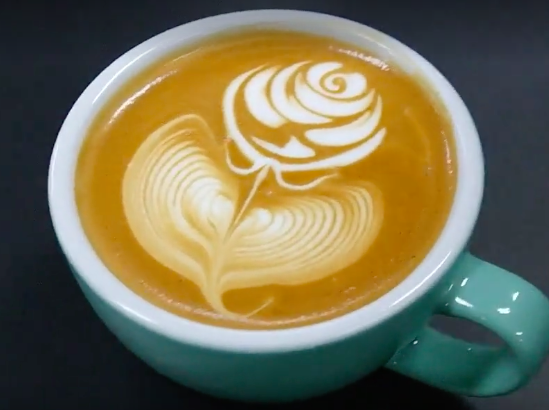
(3) Innovation and development school
The most typical representative of this school is not limited to any conditions, using milk and coffee as basic materials, supplemented by various tools and seasonings, to present artistic and creative two-dimensional and three-dimensional graphics in latte cups. At present, this kind of faction is familiar with the following methods: in the milk foam stack cup, it is shaped into a three-dimensional pattern with chocolate sauce and carving tools. And draw patterns directly in espresso cups containing milk with syrup and carved needles.
Advantages: very creative, closest to the art of painting and sculpture.
Disadvantages: low food use, low replicability, and difficulty in daily bar operation.
At present, this school is very popular in South Korea, where baristas have elevated the art of flower drawing to a new level and can even restore any pattern in a concentrated cup. In CTI magazine, Kanbing Lee also opens a column to show all enthusiasts the beauty of the art of flower drawing.
KangbinLee, a Korean barista, can even restore various patterns such as the Mona Lisa in the concentrated cup, in addition, by matching music, (kangbinlee's work is here)
The flower-drawing technique of "encircling method" created by Chinese-American Sammy Lin
Taiwan's My cofi store manager Zhang Guifang, who is well-known for his 3D carvings based on a variety of cute cartoon characters on Facebook, is also a master of this faction.
The most influential event in the coffee industry
Coffee Fest: since 1992, it has a high degree of freedom because there are not too many rigid rules in the competition, for example, contestants can even carry their own coffee cups and milk tanks for competition. In the scoring criteria, mainly from the aesthetic feeling, accuracy, color fusion, difficulty and creativity, speed of the five items, the highest comprehensive score will win the competition.
The focus of the scores of these two major events is different, relatively speaking, WLAC pays more attention to the artistry (beauty) and innovation presented by the flower, so it is common to have a wide variety of patterns supplemented by food pigment in the competition, and the content and style of the cup blossom according to the cultural differences of different places. Coffee Fest requires all contestants to create in the way of "direct dumping", while the natural scoring standard focuses on pattern aesthetic symmetry, line clarity, color contrast and so on. According to the different requirements of the competition, the industry has gradually formed different schools of coffee art.
In addition to these two world-class coffee competitions, there are also a wide variety of other pull competitions in the coffee industry, such as TNT draw Competition, PCA draw Competition, chain Brand Internal draw Competition, and so on, while CTI China also held the first pull Competition last year. It has to be mentioned that competition is always a necessary and sufficient condition to promote the development of the industry, and the prosperity of the event will also bring infinite possibilities for the art of flower drawing.
The first person in history to win the CoffeeFest flower-pulling contest was Kim Yeung from Hong Kong, China.
Although the art of flower drawing has made a great contribution to the whole coffee industry, more and more people like coffee because of it, but the crisis that follows is becoming more and more obvious. That is, when more and more baristas focus on the art of flower drawing in order to cater to consumers' preferences, they will gradually deviate from the professionalism that baristas need most, because whenever, making a good cup of coffee is always more important than making a good cup of coffee.
The art of flower drawing is very different from other art forms. It is not a metaphysical expression, but a real drink that can bring taste experience to everyone. Back to the original heart, the barista brings a cup of delicious coffee, and the beautiful appearance is just the icing on the cake. When you serve a cup of brightly colored coffee and the customer just takes a picture without tasting it, what is the value of such coffee? this is a question for baristas to think about.
Important Notice :
前街咖啡 FrontStreet Coffee has moved to new addredd:
FrontStreet Coffee Address: 315,Donghua East Road,GuangZhou
Tel:020 38364473
- Prev
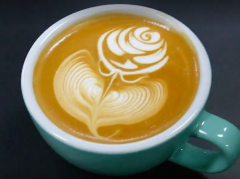
An introduction to the techniques you have to know to learn the coffee flower.
For professional barista communication, please pay attention to the changes made in the original cappuccino or latte in the coffee workshop (Wechat official account cafe_style). In fact, there has been no very clear literature on the origin of coffee flowers. We only know that in Europe and the United States at that time, coffee flowers were the difficult professional skills shown in coffee performances, and such innovative skills.
- Next
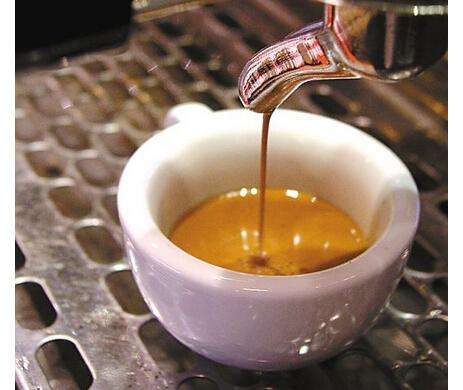
What is the appropriate temperature for coffee extraction?
Following Cafe Review (official Wechat account vdailycom) found that what is the right temperature for coffee extraction to open a small shop in Beautiful Cafe? Let's divide the problem into three steps. 1. Let's start with the problem itself, no matter whether we make hand brew, siphon, or espresso. If you have attended a training course, you will always mention the problems of insufficient extraction and excessive extraction. Use simple
Related
- What is the meaning of lactic acid fermentation with coffee bean treatment?
- How to judge the state of foam by sound?
- How does the latte pull out the unicorn pattern? Come to get for a little trick to improve the flower pull!
- Will flower pulling affect the taste of the latte?
- Do you know the history of coffee?
- The difference between honey treatment and sun washing what is raisin honey treatment?
- What kind of milk can a novice use to make coffee foam to keep the foam longer? The correct method and skills of milking tutorial sharing
- Why do washed coffee beans taste sour? Flavor characteristics of washed Coffee
- Introduction to the skill of how to practice the size and height of water injection around the circle of hand-brewed coffee
- How do beginners practice coffee flower drawing from scratch?

